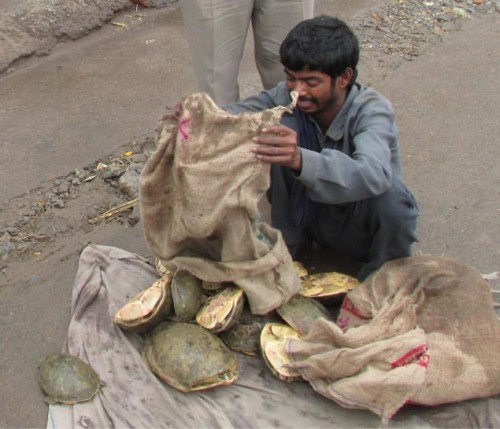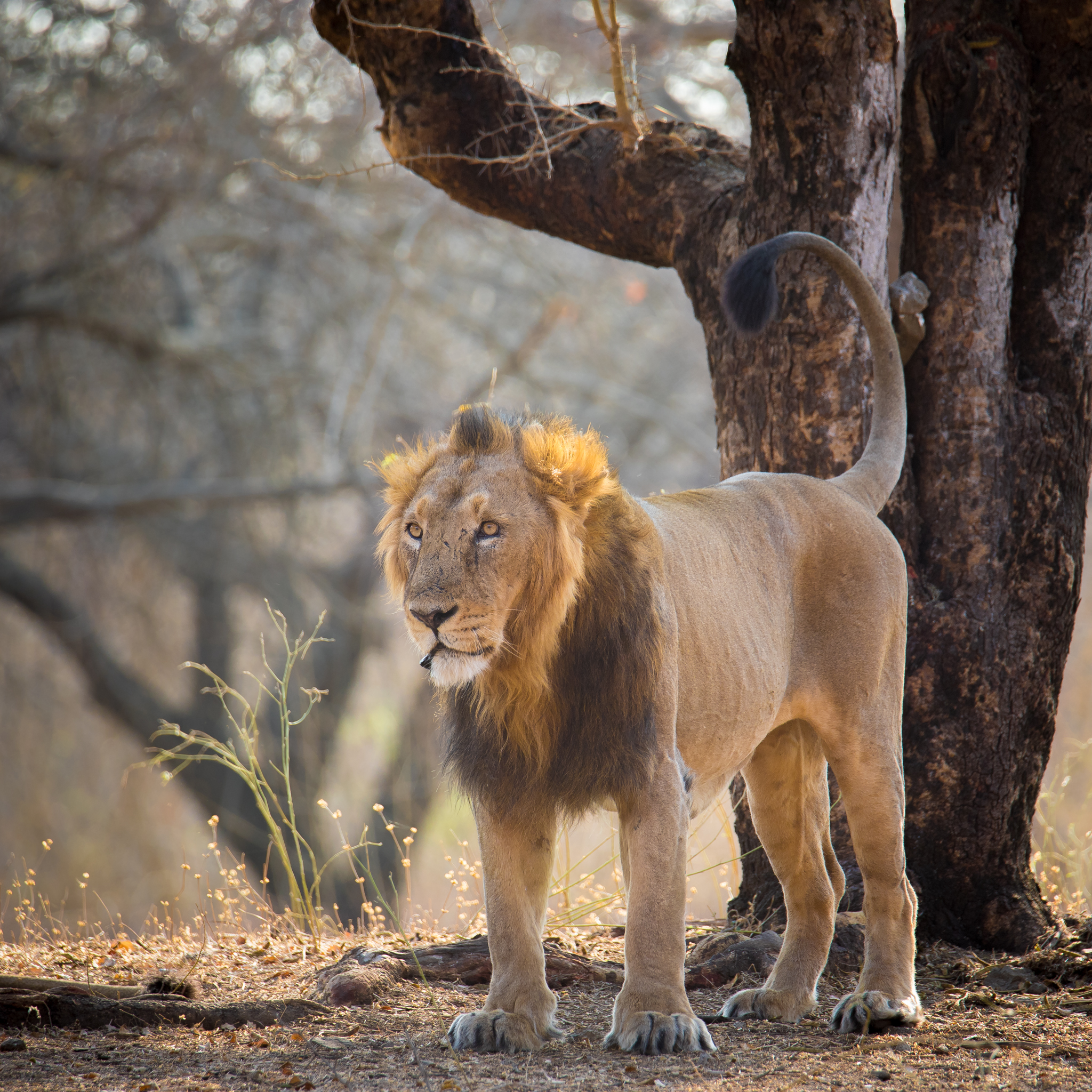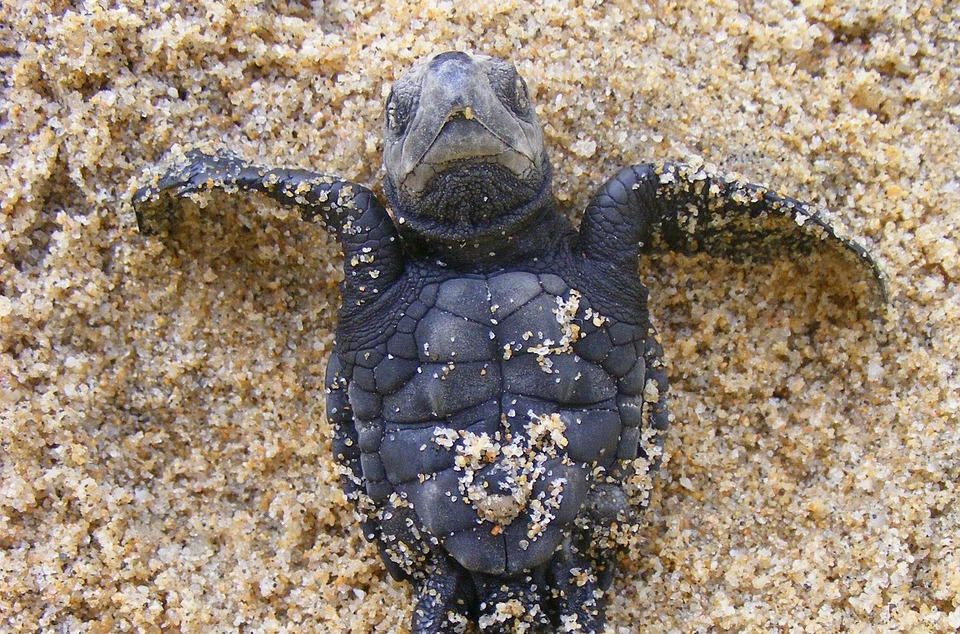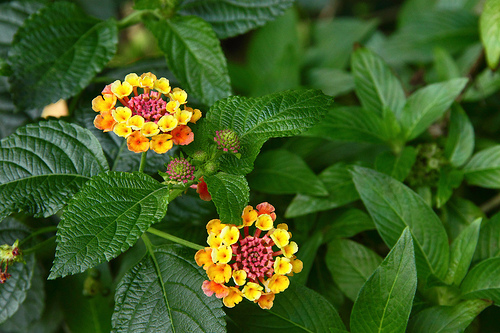Sea turtles around the world are threatened by marine plastic debris, mostly through ingestion and entanglement. Now, researchers reporting in the journal Current Biology have new evidence to explain why all that plastic is so dangerous for the turtles: they mistake the scent of stinky plastic for food.
“We found that loggerhead sea turtles respond to odours from biofouled plastics in the same way they respond to food odorants, suggesting that turtles may be attracted to plastic debris not only by the way it looks, but by the way it smells,” says Joseph Pfaller of the University of Florida, Gainesville. “This ‘olfactory trap’ might help explain why sea turtles ingest and become entangled in plastic so frequently.”
Biofouling refers to the accumulation of microbes, algae, plants, and small animals on wet surfaces, which occurs to plastics in the ocean.
It has long been thought that sea turtles see plastics and visually mistake them for prey, such as jellyfish. But Pfaller and colleagues realized that little was known about the sensory mechanisms that might attract sea turtles to plastic.
Also Read: Plastic is Killing Sea Turtles
In addition, study co-author Matt Savoca of Stanford University’s Hopkins Marine Station had shown that airborne odorants used by marine predators to locate good places to find food also emanate from marine-conditioned or biofouled plastic debris. So, they asked, what could that mean for sea turtles?
To find out, the researchers enlisted 15 young, captive-reared loggerhead turtles. They delivered a series of airborne odorants through a pipe in an experimental arena and recorded their reactions on video. The odors they tested included deionized water and clean plastic as controls along with the turtle’s food, which contains fish and shrimp meal and biofouled plastic.
The behavioral studies found that sea turtles responded to biofouled plastic in the same way they responded to their food. Compared to control odors, the turtles kept their nares out of the water more than three times longer to get a good whiff.
“We were surprised that turtles responded to odors from biofouled plastic with the same intensity as their food,” Pfaller said. “We expected them to respond to both to a greater extent than the control treatments, but the turtles know the smell of their food since they’ve been smelling and eating it in captivity for 5 months. I expected their responses to food to be stronger.”
Also Read: Over 1000 Turtles and Tortoise Rescued in Bangalore
He says future studies are needed to better understand what chemicals were emitted from the plastics to pique the turtles’ interest and how waterborne odorants might come into play. But the new findings show that plastics of all kinds will present problems for sea turtles and other marine animals.
“The plastic problem in the ocean is more complex than plastic bags that look like jellyfish or the errant straw stuck in a turtle’s nose,” Pfaller said. “These are important and troubling pieces to the puzzle, and all plastics pose dangers to turtles.”
Story via Science Daily. Featured image via seaturtle.org





